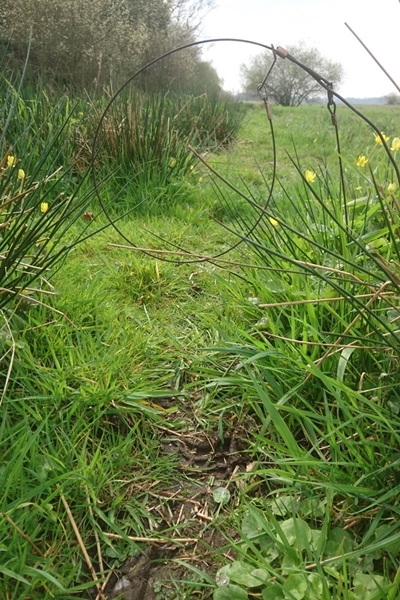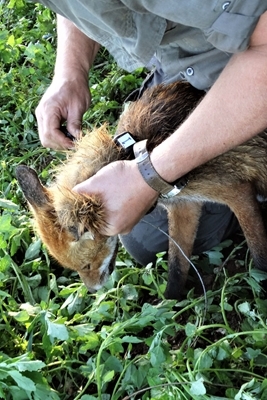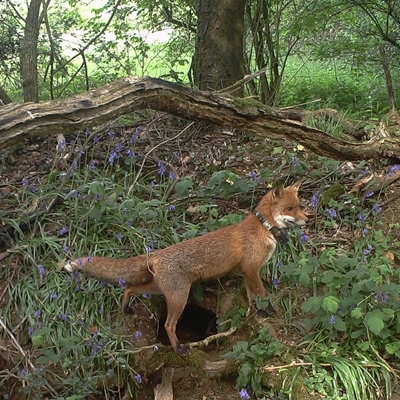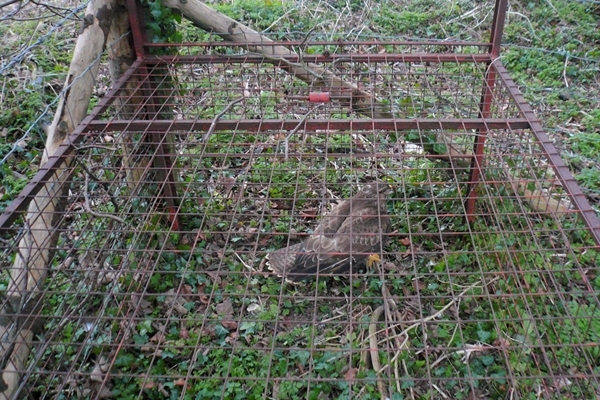Mike Short, Head of Predation Management Research
Through its Curlew Trial Management Project (Douglas et al) the RSPB concluded that government-funded lethal predator management as part of a holistic ELMS package for breeding wading bird conservation is unlikely to lead to localised population recovery. The GWCT’s own research and practical experience contradict that conclusion, so it is helpful to look at why that is.
First, the level of commitment of the predation manager. In our experience, wader breeding success when predator culling is implemented depends on highly motivated wildlife managers, with a personal link to the land and its birds. This might not necessarily be the case if one subcontracts the work out and restricts one’s contractors’ working hours, which we believe was the case in this study.
Second, the use of effective legal management tools. The RSPB chooses not to allow the use of Humane Cable Restraints (HCRs), the modern term used to describe a live-capture device that conforms in every way to the design described in the existing Defra-endorsed Code of Practice on fox snares. (An example would be the GWCT breakaway snare design that was rigorously field-tested by professional wildlife managers across the UK (Short et al) and which I use to catch foxes for GPS-tagging).
 Humane Cable Restraints (HCRs) are used to live-catch foxes for a
Humane Cable Restraints (HCRs) are used to live-catch foxes for a
variety of purposes, including predation management and wildlife research.
For the purposes of controlling fox predation, HCRs provide a functionally unique management tool that can be employed in situations when shooting opportunities are restricted. For instance, when tall vegetation conceals their movements, preventing clear, safe, and humane shots. The fox is retained alive in the HCR, so it can then be humanely dispatched. The RSPB cites “ethical reasons” for not using HCRs either for predation management purposes or fox ecology research. This is despite two scientific studies published by the GWCT and Defra, which showed that HCRs surpass internationally recognised welfare standards for a live-capture restraining device for foxes when used in accordance with the Defra-endorsed Code of Practice.
Would these issues be enough to render predation management ineffective? Yes, in our experience. By eschewing the use of HCRs, the RSPB’s contracted predation managers in their Curlew Trial Management Project stood little chance of adequately suppressing fox numbers and predation during the critical curlew nesting period.
HCRs are widely used on grouse moors, where curlews and other breeding waders of conservation concern thrive, and in wild grey partridge recovery projects; experienced land managers accept and understand that HCRs have a unique role to play in wildlife management and research. That’s one reason why, globally, they are becoming increasingly popular with wildlife biologists, who catch foxes and other wild canids like wolves and coyotes for ecological studies.
For fox management purposes in upland moorland landscapes, woodlands, lowland arable, or grass production areas (e.g. for silage or haymaking), HCRs are particularly valuable during the breeding period for ground-nesting birds, when reduced visibility due to hill fog, tall vegetation, poor vehicular access to nesting areas or time constraints restrict safe and humane fox shooting opportunities. In studies where the employment of legal predator control measures led to greatly increased curlew breeding success (e.g. Fletcher et al, Baines et al), HCRs were regarded as critically important tools by the wildlife managers involved.
Lethal management of predators to help protect our declining wildlife will always be controversial, but it is arguable that, if it is not done effectively, then it is morally and ethically indefensible to kill wildlife otherwise. The GWCT’s message is very clear: if you’re not prepared to do lethal predator control effectively, then don’t do it at all.
From a wildlife research perspective, the RSPB’s policy of not using HCRs to catch foxes for “ethical reasons” has greatly limited their ability to study the ecology of foxes in landscapes important for breeding waders. Hence, they are very interested in recent GWCT research in the Avon Valley where, over a four-year period, 37 adult foxes were GPS-tagged and tracked in wet grassland areas important for lapwing and redshank, to learn more about fox densities, activity, and foraging patterns. Ultimately, this will facilitate the design of optimal wader breeding habitats with reduced fox predation risk. The first research paper emanating from this study has been submitted to a peer-reviewed journal.


GWCT scientists use HCRs to catch foxes to fit GPS tags, enabling us to study their ecology in areas important for breeding wading birds.
In the Avon Valley, foxes caught on river meadows where lapwings and redshank breed use a variety of adjoining habitats especially when they are rearing cubs.
The scale of our Avon Valley fox study was only made possible because we used HCRs to catch, GPS-tag, and then release foxes where they were caught. Their careful use facilitated 48 fox captures with only five non-target species retained, with others self-releasing by making use of designed-in technical features inherent in all HCR designs. Further, tagged foxes were sometimes deliberately targeted for re-capture to renew collars, which further illustrates how effective and selective HCRs can be when used assiduously.
Conversely, had we relied on cage traps to catch foxes, as the RSPB has done in the past, it would have been impossible to meet our ambitious study objectives. Cage traps are notoriously unsuccessful at catching rural adult foxes (though they are very good at catching badgers, domestic cats, buzzards and other raptors) and for this reason, we chose not to use them.
 Compared to HCRs, baited cage traps are notoriously ineffective at catching
Compared to HCRs, baited cage traps are notoriously ineffective at catching
rural foxes but non-target species like buzzards are often caught.
Also, in their struggles to escape, truly wild (non-urban) adult foxes are more likely to injure themselves in cage traps compared to cable restraints. A fox trapping research study in Spain (Munoz-Igualada et al) tried to quantify this, by comparing capture rates and injury scores of rural foxes caught in three different live-capture fox traps: Belisle and Collarum cable restraints and cage traps. However, fox capture rates in cage traps were so low compared to the two designs of cable restraints that the researchers were unable to properly assess the welfare impacts of cage traps, due to an insufficient number of foxes caught in them.
The use of HCRs for the conservation of ground-nesting birds like curlews may be contentious, but their critics rarely have personal experience of using them. Nevertheless, it is also true that careless and improper use can lead to very poor welfare outcomes for captives, and for that reason the GWCT strongly supports a policy of mandatory training and licensing for everyone who wants to use them.